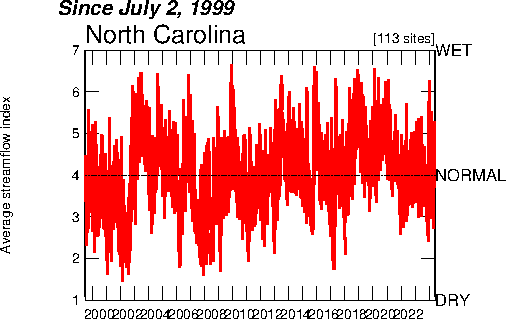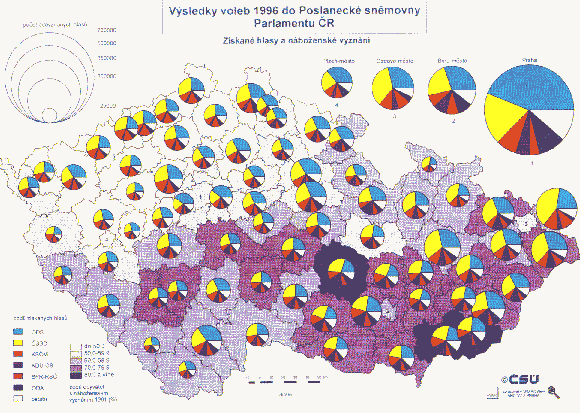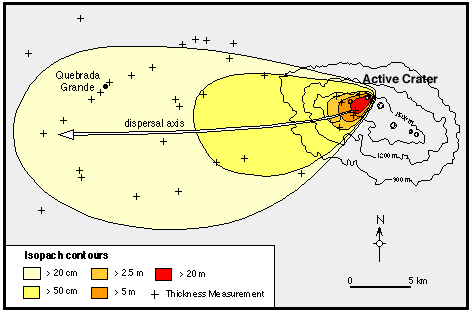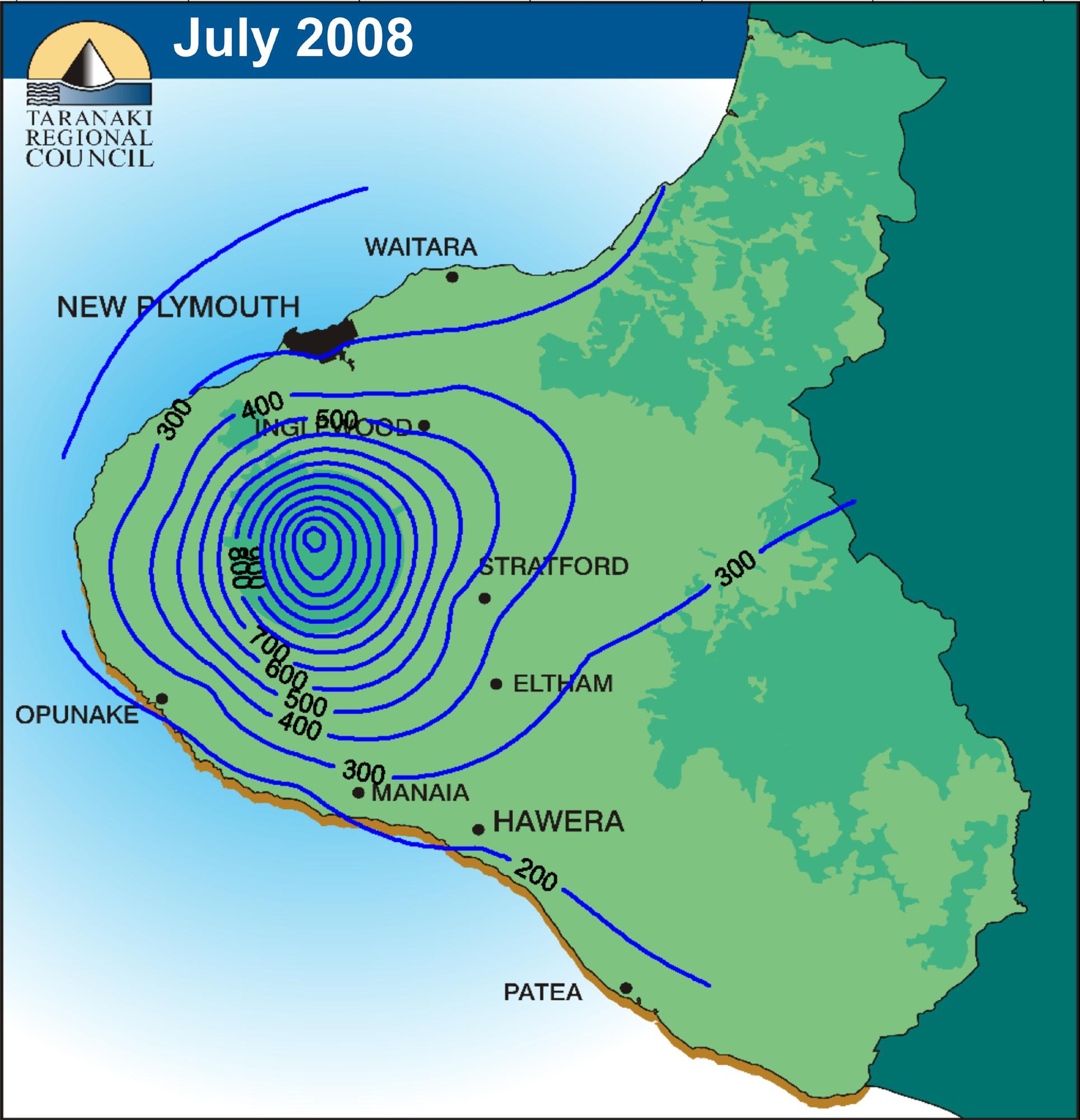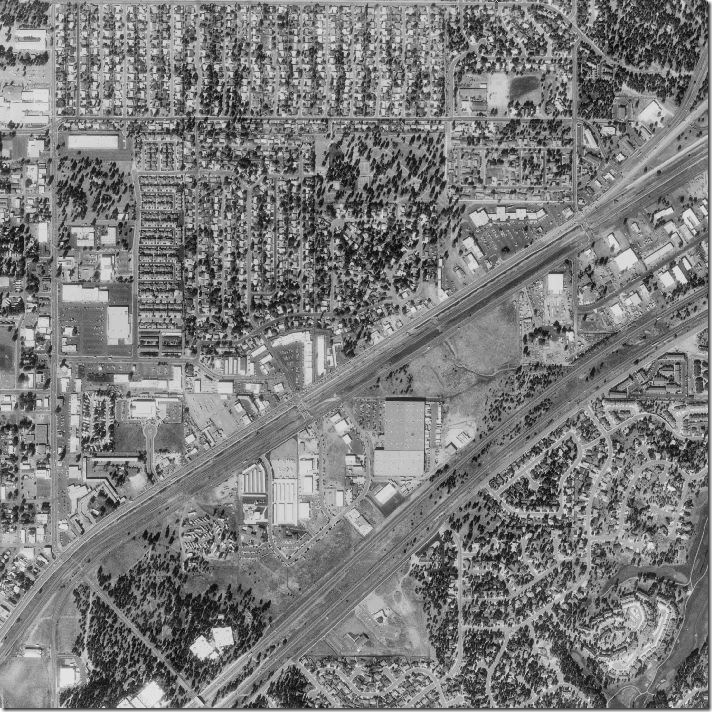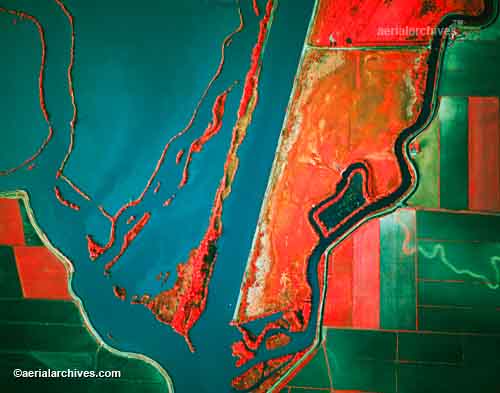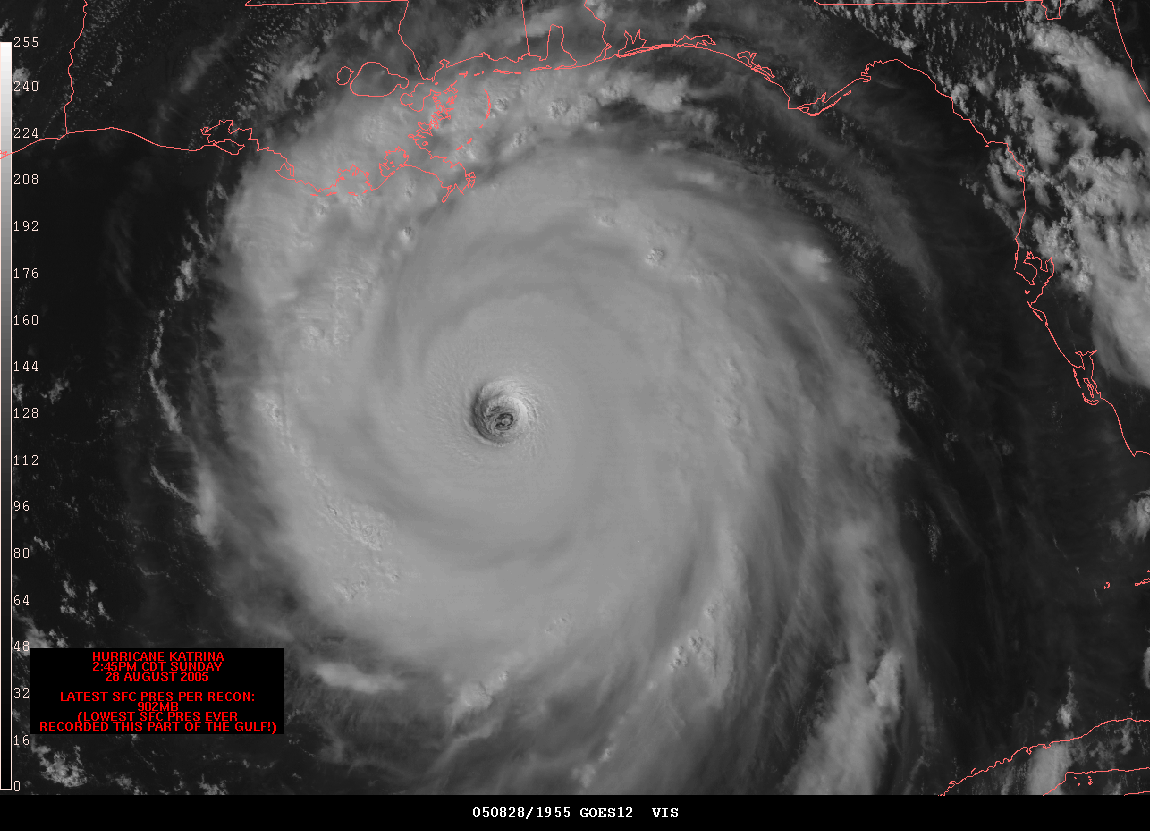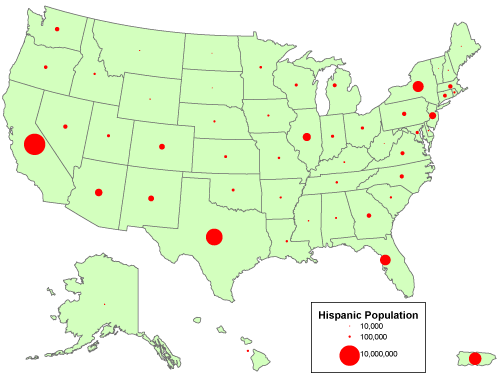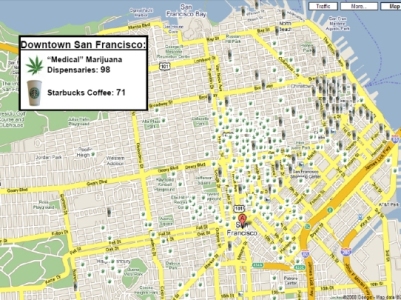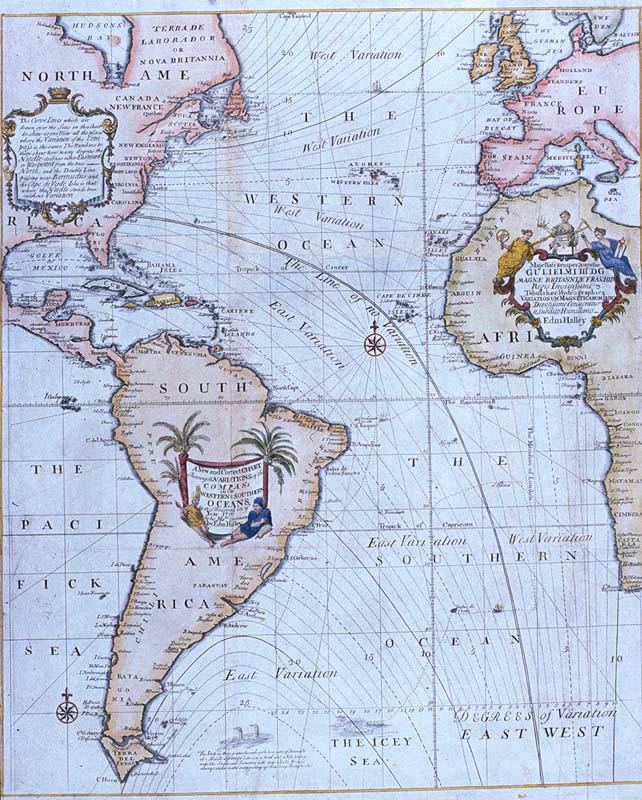 A bilateral graph is a histogram that can display different information such as location and amount, on one histogram. They are very useful in side-by-side comparisons. This is a bilateral graph of peoples approval of China's leadership and where the opinion is coming from.
A bilateral graph is a histogram that can display different information such as location and amount, on one histogram. They are very useful in side-by-side comparisons. This is a bilateral graph of peoples approval of China's leadership and where the opinion is coming from.http://media.gallup.com/poll/graphs/080429China2Graph2_GASJIDHUQfredo.gif




